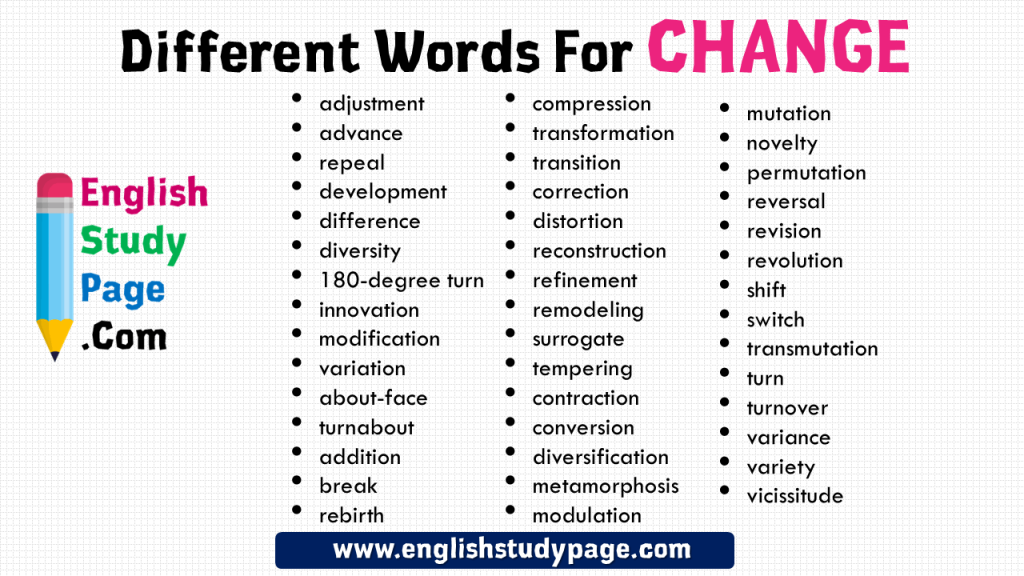

Transform synonym series#
In the data transformation stage, a series of rules or functions are applied to the extracted data in order to prepare it for loading into the end target.Īn important function of transformation is data cleansing, which aims to pass only "proper" data to the target.

The rejected data is ideally reported back to the source system for further analysis to identify and to rectify the incorrect records.

If the data fails the validation rules, it is rejected entirely or in part. The streaming of the extracted data source and loading on-the-fly to the destination database is another way of performing ETL when no intermediate data storage is required.Īn intrinsic part of the extraction involves data validation to confirm whether the data pulled from the sources has the correct/expected values in a given domain (such as a pattern/default or list of values). Common data-source formats include relational databases, XML, JSON and flat files, but may also include non-relational database structures such as Information Management System (IMS) or other data structures such as Virtual Storage Access Method (VSAM) or Indexed Sequential Access Method (ISAM), or even formats fetched from outside sources by means such as web spidering or screen-scraping. Each separate system may also use a different data organization and/or format. Most data-warehousing projects combine data from different source systems. In many cases, this represents the most important aspect of ETL, since extracting data correctly sets the stage for the success of subsequent processes. ĮTL processing involves extracting the data from the source system(s). Data extraction involves extracting data from homogeneous or heterogeneous sources data transformation processes data by data cleaning and transforming it into a proper storage format/structure for the purposes of querying and analysis finally, data loading describes the insertion of data into the final target database such as an operational data store, a data mart, data lake or a data warehouse.


 0 kommentar(er)
0 kommentar(er)
